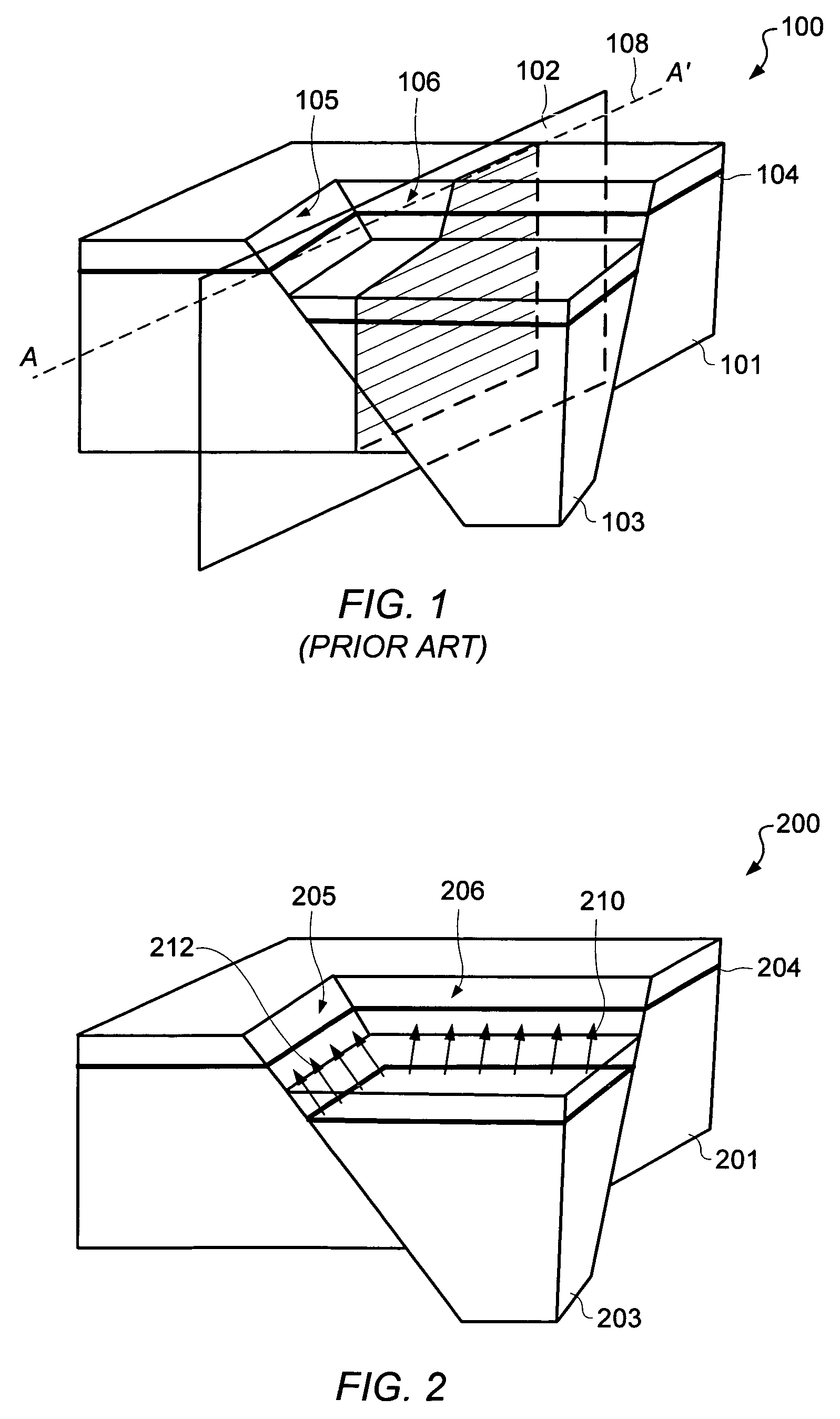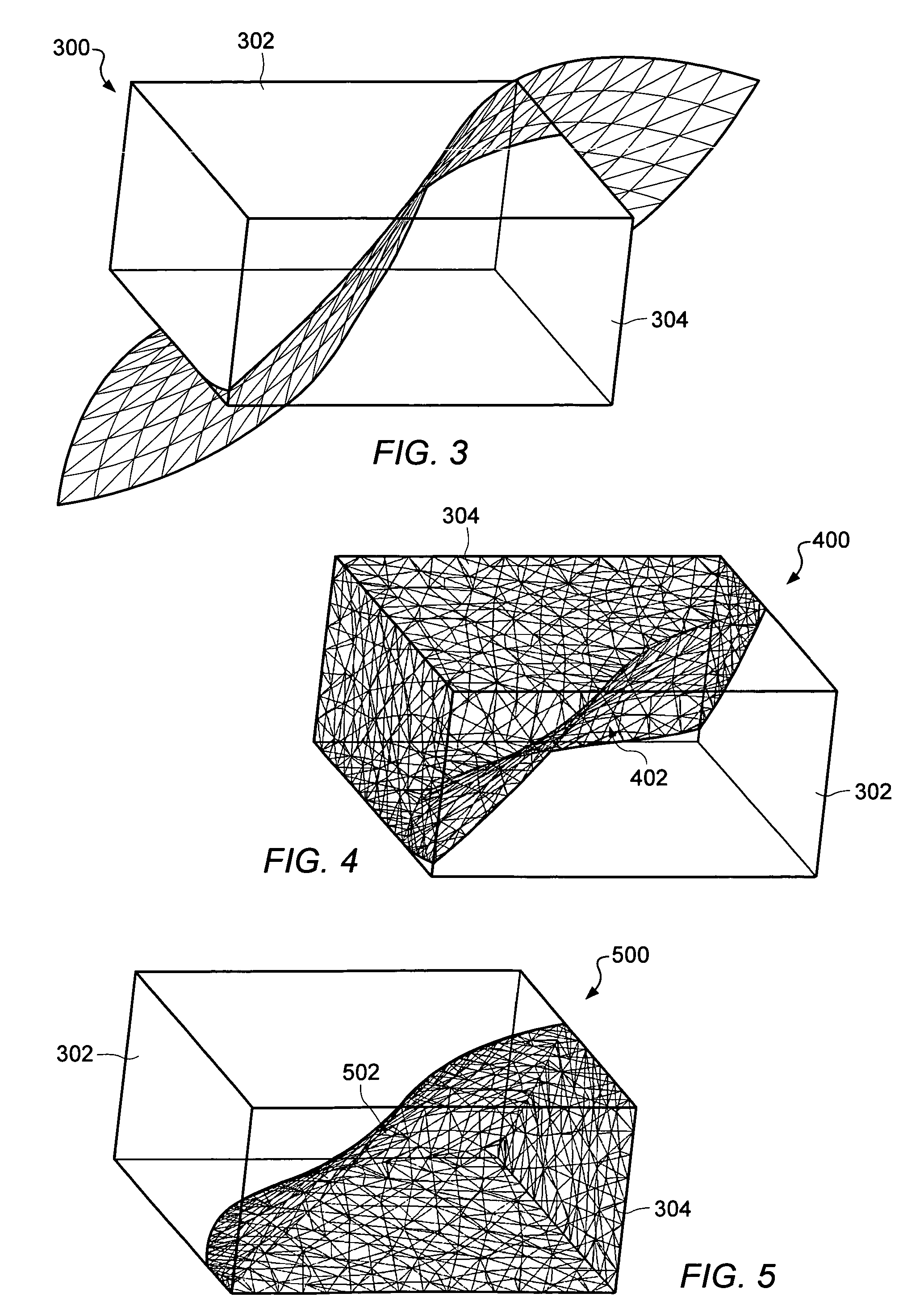3D fast fault restoration
a fault restoration and 3d seismic technology, applied in the field of seismic interpretation, can solve the problems of lack of mechanics-based foundation, often broken seismic features in a 3d seismic dataset, and difficulty in correct correlation by seismic interpreters, and achieve the effect of high accuracy and great efficiency
- Summary
- Abstract
- Description
- Claims
- Application Information
AI Technical Summary
Benefits of technology
Problems solved by technology
Method used
Image
Examples
Embodiment Construction
[0033]In the following description, numerous specific details are set forth such as specific reference algorithms to provide a thorough understanding of embodiments of the present invention. However, it will be obvious to those skilled in the art that embodiments of the present invention may be practiced without such specific details. In other instances, well-known mathematical method steps or components have been omitted or shown in block diagram form in order not to obscure the present description in unnecessary detail. For the most part, details concerning specific timing considerations and the like have been omitted inasmuch as such details are not necessary to obtain a complete understanding of the methods described herein and are within the skills of persons of ordinary skill in the relevant art.
[0034]One embodiment of the invention formulates the deformation problem to remove subsurface faulting fault with an elastic model and solves the deformation problem by a numerical met...
PUM
 Login to View More
Login to View More Abstract
Description
Claims
Application Information
 Login to View More
Login to View More - R&D
- Intellectual Property
- Life Sciences
- Materials
- Tech Scout
- Unparalleled Data Quality
- Higher Quality Content
- 60% Fewer Hallucinations
Browse by: Latest US Patents, China's latest patents, Technical Efficacy Thesaurus, Application Domain, Technology Topic, Popular Technical Reports.
© 2025 PatSnap. All rights reserved.Legal|Privacy policy|Modern Slavery Act Transparency Statement|Sitemap|About US| Contact US: help@patsnap.com



